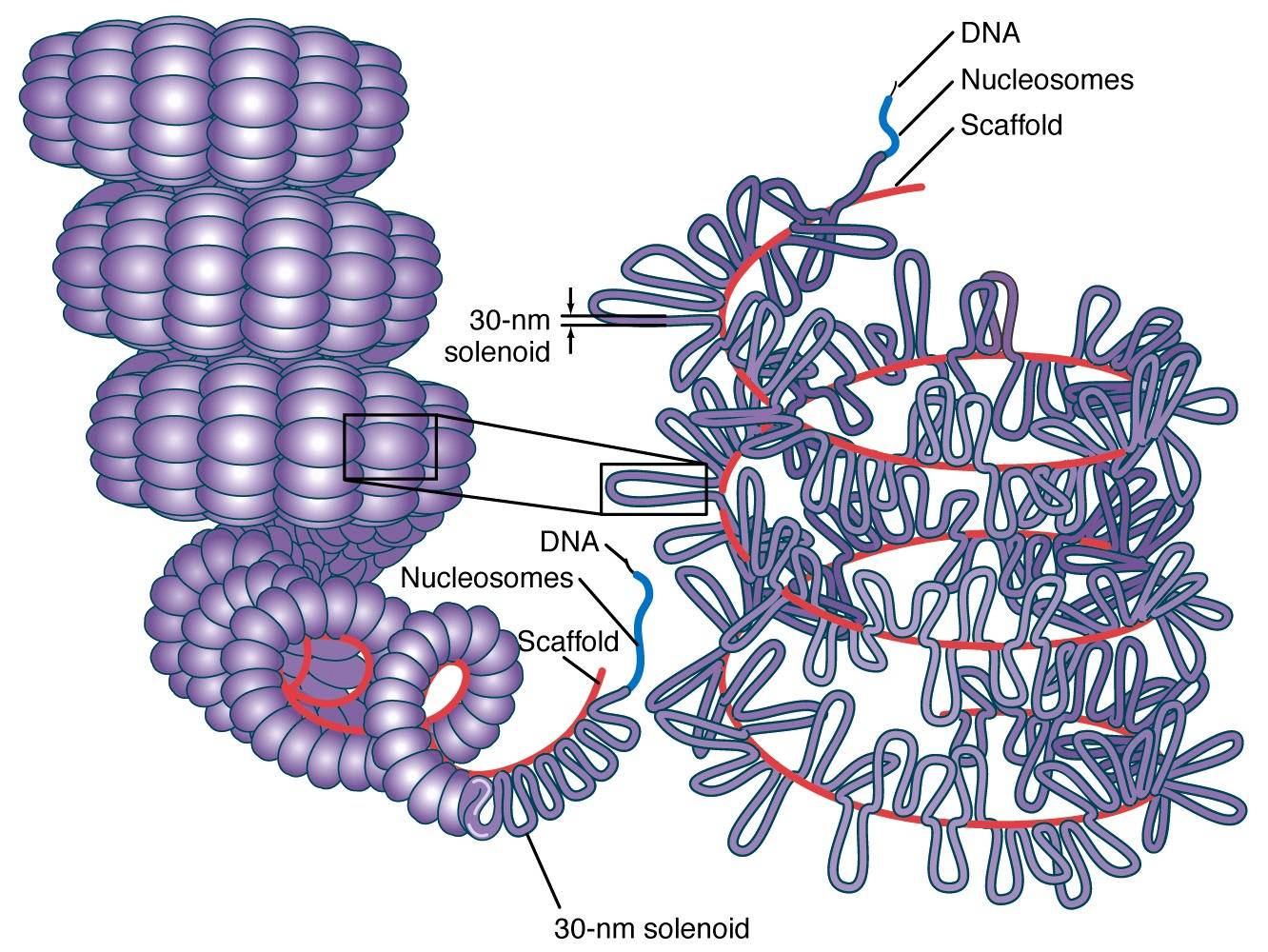

This loss-of-function study revealed a crucial role of RanBPM in both spermatogenesis and oogenesis. In an attempt to study the in vivo function of RanBPM, we recently generated and characterized mice lacking RanBPM ( Puverel, Barrick, Dolci, Coppola, & Tessarollo, 2011). Indeed, many of its binding partners have been identified by yeast-two-hybrid screening and coimmunoprecipitation experiments in overexpression systems, suggesting that additional functional assays may be needed to validate the existing data. RanBPM has a multimodular structure with “sticky” properties that makes it possible for it to associate nonspecifically with many other proteins in vitro. Moreover, it is still unclear how RanBPM orchestrates the activities of such a broad spectrum of proteins that are functionally unrelated. Yet, the in vivo significance of these activities needs further studies. RanBPM has been reported to function in the immune and nervous system ( Murrin & Talbot, 2007). These include structural and adhesion proteins, cytosolic kinases, cell surface tyrosine kinase receptors, nuclear receptors, and a number of proteins in the nervous system ( Suresh, Ramakrishna, & Baek, 2012). Indeed, RanBPM has been reported to interact so far with more than 45 proteins. Its structure does not contain any known catalytic domain but includes several protein-binding domains that participate in the formation of large protein complexes. Instead, RanBPM has been described as an adaptor protein. However, RanBPM is structurally and functionally unrelated to the other members of this family, as it lacks the consensus Ran-binding domain and seems devoid of any role in nuclear trafficking ( Beddow, Richards, Orem, & Macara, 1995). Proteins of this family were initially identified by yeast two-hybrid as binding partners of the small Ras-like GTPase Ran. RanBPM, also named RanBP9, is a scaffold protein that belongs to the Ran-binding protein family. They coordinate the physical assembly of proteins, regulating signal transduction cascades, and shaping signaling responses. Multimodular scaffold proteins are crucial regulators of a great variety of physiological functions. Sandrine Puverel, Lino Tessarollo, in Current Topics in Developmental Biology, 2013 1 Introduction However, the mechanistic details whereby many of the scaffold proteins promote pathway activation remain to be elucidated. Additional scaffold proteins have been identified that participate in the activation of p38 and ERKs. Additionally, WDR62 (WD repeat domain 62) has been implicated in noncanonical activation of JNK via association with JNK and MKK7. In response to stress resulting from X-rays and genotoxic drugs, RACK1 (Receptor for Activated C Kinase 1) has been shown to bind and activate JNK1 and MTK1. Following cleavage by caspase-3, the C-terminal domain of GRASP1 is released to promote activation of JNK. In neurons, GRASP-1 (GRIP1-associated protein 1) binds both JNK1 and MEKK1. In 2016, another MKP, DUSP22, was reported to interact with ASK1, MKK7, and JNK1 to promote JNK activation independent of its phosphatase activity. DUSP19 physically interacts with MKK7 and indirectly regulates JNK. ĭUSP19 (dual-specificity phosphatase 19) is the first MAPK phosphatase (MKP) identified as a scaffold protein. Crk II activates HPK1 (hematopoietic progenitor kinase 1) and SEK1-dependent activation of the JNK pathway, by recruiting JNK1 to a p130Cas multiprotein complex. β-Arrestin-2 contains a MAP kinase docking site and mainly functions as a scaffold protein in activation of JNK3, by tethering ASK1, SEK1, and JNK3. JIP1 recruits DLK, MKK7, and JNK as a complex, whereas JIP3 binds SEK1 and MEKK1 to stimulate SEK1, leading to JNK3 activation. Scaffolds JIP1 (JNK-interacting protein 1) and JIP3 recruit several different activators and JNKs. POSH complexes with and sequentially stimulates RAC1, MLKs, SEK1, MKK7, and JNKs. The scaffold proteins POSH (plenty of SH3s) promote JNK pathway activation by directly interacting with GTP-bound RAC1. In melanoma cells, filamin was found to interact with SEK1 as a scaffold protein, in response to TNF-α stimulation. Several scaffold proteins have been identified that bind to JNKs and upstream activators. Scaffold proteins play key roles in providing a platform for signaling molecules to assemble, promoting the localization of signaling molecules at specific sites and coordinating positive and negative feedback signals for pathway regulation. Johnson, in Targeting Cell Survival Pathways to Enhance Response to Chemotherapy, 2019 4.2.3 The Role of Scaffold Proteins


 0 kommentar(er)
0 kommentar(er)
